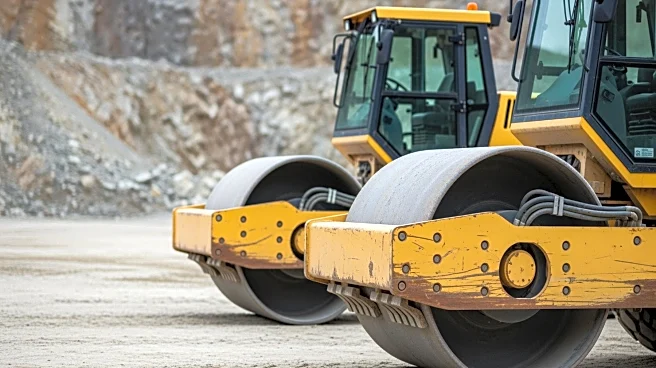What's Happening?
SKF hosted its Capital Markets Day in Stockholm, announcing the strategic separation of its Automotive business from the Industrial segment. This move aims to unlock value by creating two focused standalone businesses. SKF outlined new financial targets
for the Industrial business, including a 4% organic growth and a 19% long-term operating margin. The Automotive business will focus on high-growth segments, aiming for above-market growth and a leaner setup. SKF also reaffirmed its sustainability goals, targeting net-zero supply chain by 2050. The separation is expected to be completed by mid-2026, pending shareholder approval.
Why It's Important?
The separation of SKF's Automotive business is a strategic move to enhance focus and efficiency in both segments. By creating standalone entities, SKF aims to better address distinct market opportunities and improve competitiveness. This restructuring could lead to increased shareholder value and operational efficiency. The focus on sustainability aligns with global trends towards environmentally responsible business practices. The separation allows SKF to tailor strategies for each business, potentially leading to innovation and growth in specialized areas. Investors and stakeholders may view this as a positive step towards long-term profitability.
What's Next?
SKF plans to list the Automotive business by mid-2026, subject to shareholder approval. The company will continue optimizing its footprint and supply chain to enhance efficiency. The separation process involves filling new positions and transferring manufacturing channels. SKF's focus on high-growth industries and geographies will drive future growth. The company aims to leverage its regionalized production to improve customer proximity and service. Stakeholders will monitor the separation's impact on SKF's financial performance and market position.













